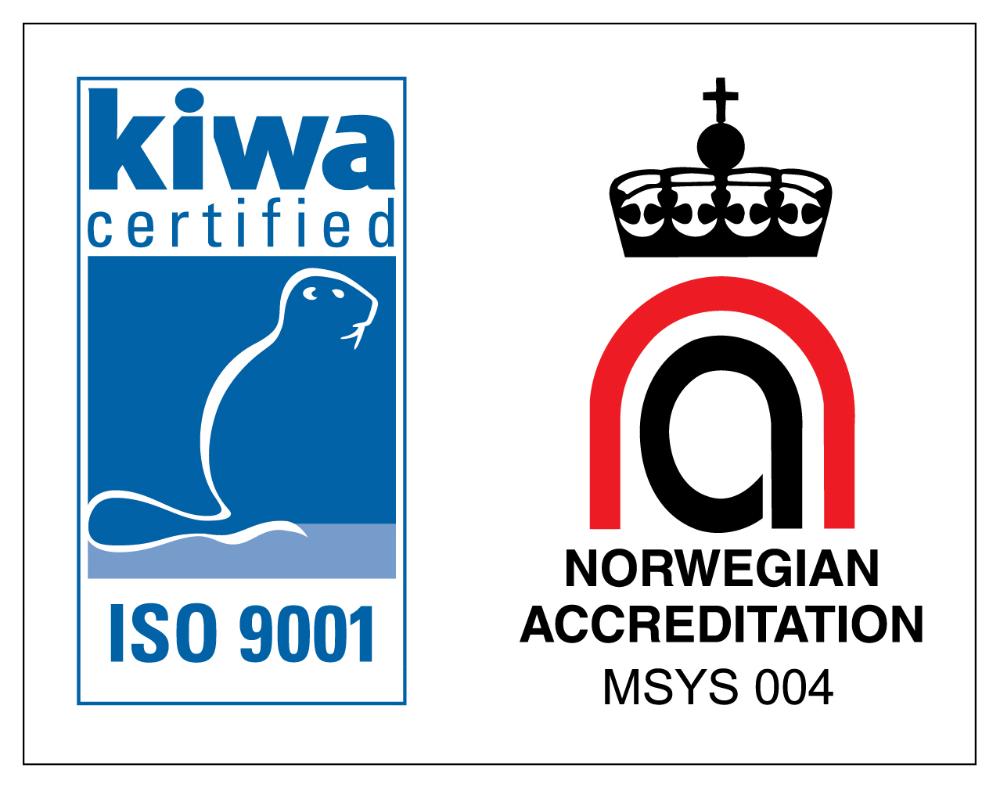Databank - HUNT
HUNT Databank

HUNT Databank is a large-scale biomedical database and research resource containing comprehensive data for about 250 000 participants from the HUNT Study. Data is collected through questionnaires, interviews, clinical measurements, sensor data such as activity sensors, and results from analyses of biological material, including blood, saliva, urine and feces.
Results from all new analyses of stored biologic material as well as new sub-studies are imported in the databank. Big data derived from genome analyses are stored in HUNT Cloud. Data are identified with the Norwegian national identity number and can be linked to regional and national registers according to approvals by HUNT data access committee and Regional Ethics Committee. Researchers receive de-identified data with project specific identification number.
Participants can withdraw their consent for data storage and use in research. If so, all data for that individual are deleted.
For more information about access to HUNT-data, participation rates, questionnaires and complete variable overview, visit our "For researchers" page.

During Christmas 2025, the research center will be closed to visitors between December 22 and January 2.
There will also be reduced staffing on the phone during this time.
Forskningsveien 2, 7600 Levanger
+47 74 07 51 80 | +47 74 01 92 40 | +47 407 90 010
kontakt@hunt.ntnu.no
Mangement and researchers | Press contact
HUNT Research Centre has been certified according to the international standard ISO 9001:2015, Quality management systems, since 2011. The certification is a strategic choice to ensure high quality in all processes - from planning collections to the delivery of research data and biological material.

